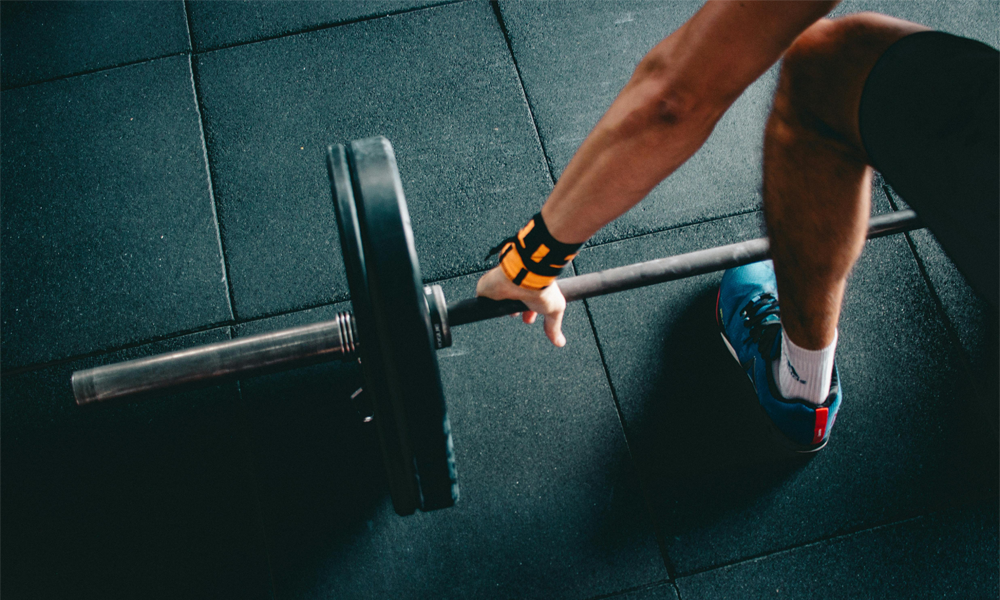24 Fitness Hours: The Ultimate Guide to 24/7 Gym Access

In a fast-paced world, balancing work, family, and personal health can be overwhelming. The traditional nine-to-five gym model doesn’t always accommodate irregular schedules, night shifts, or busy routines. That’s where the concept of 24 fitness hours becomes essential. This model gives individuals the ability to access fitness centers 24 hours a day, 7 days a week, offering flexibility that fits into any lifestyle.
This comprehensive guide explores what 24 fitness hours means, the benefits and potential downsides, how to choose the right 24-hour gym, and how to get the most out of a facility that never closes.
What Does “24 Fitness Hours” Mean?
“24 fitness hours” refers to fitness centers that operate 24 hours a day, every day of the week. Members of these gyms are given round-the-clock access to facilities regardless of the time or day. It’s an increasingly popular option for people who need flexibility in their workout schedule or prefer exercising during off-peak hours.
This model works well for:
- Early risers
- Night shift workers
- Busy parents
- Entrepreneurs
- Students
- Travelers adjusting to new time zones
Whether someone wants to lift weights at 3 a.m. or run on a treadmill after work at midnight, 24-hour fitness centers make that possible.
Click here to know detail about LifeTime Fitness Cost 2025: Full Membership Pricing, Benefits & Value Explained
Features of 24-Hour Fitness Facilities
While the specific amenities may vary by location and brand, most 24-hour gyms offer a consistent set of features. These typically include:
- Cardio machines like treadmills, ellipticals, and stationary bikes
- Strength training equipment such as free weights, benches, and machines
- Locker rooms and showers
- Keycard or mobile app access for security
- Surveillance systems and emergency alerts
- Functional training zones with kettlebells, resistance bands, and more
- Automated entry and check-in systems
Some gyms also offer vending machines, water fountains, and virtual group classes accessible through monitors or apps.

Benefits of 24 Fitness Hours
There are several advantages to choosing a gym that operates 24/7. The primary benefit is flexibility, but there are additional reasons why many people prefer these facilities.
Workout When It Suits You
The main attraction of 24-hour gyms is the freedom to work out whenever your schedule allows. This eliminates the pressure of adjusting your daily routine just to fit gym hours.
Avoid Crowded Peak Times
Traditional gyms can be packed during early mornings and after-work hours. With 24-hour access, members can visit during quieter times, which can improve both the quality and duration of the workout.
Enhanced Consistency and Accountability
When members are not restricted by limited hours, they’re more likely to stick with their routines. This consistency helps build long-term habits and improves physical outcomes.
Ideal for Shift Workers
People with unconventional work hours—such as healthcare professionals, security personnel, or hospitality workers—benefit immensely from 24-hour gym access.
More Focused Environment
Less crowding during late-night or early-morning hours means fewer distractions, shorter wait times for equipment, and a more peaceful atmosphere.
Things to Consider Before Choosing a 24-Hour Gym
Not all 24-hour gyms are created equal. It’s important to evaluate your options before committing to a membership.
Location
Proximity is key to gym adherence. A gym located close to home or work increases the likelihood of regular visits.
Security Measures
Because many members use the gym during hours when staff may not be present, security is essential. Look for gyms that have secure entry systems, surveillance cameras, and emergency alert buttons.
Equipment Availability
Ensure the gym has the equipment you prefer using. This includes not only weights and cardio machines but also space for stretching or bodyweight workouts.
Cleanliness and Maintenance
Even during unstaffed hours, cleanliness should be maintained. Some gyms schedule cleaning during off-peak times, so checking maintenance standards is crucial.
Membership Flexibility
Read the terms of the contract carefully. Look for details about cancellation policies, fees, and the availability of 24-hour access across multiple locations.
Common Access Systems for 24-Hour Gyms
Most 24-hour gyms use secure access methods to ensure that only authorized members can enter. These include:
- Keycards or fobs
- Mobile apps with QR code entry
- Biometric systems, such as fingerprint or facial recognition
- PIN codes
- Smart locks integrated with member databases
These systems are typically linked with surveillance to monitor member activity and maintain safety.
Limitations of 24-Hour Gym Access
Although the benefits are substantial, there are a few potential drawbacks to consider.
Limited Staff Availability
During late-night or early-morning hours, gyms may operate without staff. This means no access to trainers, assistance, or administrative help.
Group Classes and Childcare May Be Unavailable
Classes, childcare, and premium amenities are usually offered only during staffed hours. This limits your ability to access these services outside of traditional times.
Safety Concerns for Solo Workouts
Although security systems are in place, some members may feel uneasy working out alone at night, especially in less populated or remote gym locations.
How to Maximize Your 24-Hour Gym Membership
Once you’ve signed up, follow these tips to get the most out of your membership:
- Plan workouts during times when you feel most energized and focused
- Avoid using equipment you are unfamiliar with during unstaffed hours
- Let someone know you’re going to the gym if visiting late at night
- Bring your phone in case of emergencies
- Stick to well-lit and frequently used areas of the gym
Also, consider alternating between staffed and unstaffed visits so you can occasionally consult with a trainer or manager when needed.
Typical Hours for Staff and Support Services
While gym facilities may be open 24 hours, staff availability typically follows set hours, such as:
- Monday to Friday: 8 AM to 8 PM
- Saturday: 9 AM to 4 PM
- Sunday: Unstaffed or limited hours
During these times, members can access help with memberships, personal training, and other services.
Is a 24-Hour Gym Right for You?
Choosing a 24-hour gym depends on your lifestyle, goals, and schedule. It’s a perfect option for people who:
- Want flexibility in their workout timing
- Prefer working out during off-peak hours
- Need to maintain a routine despite shift work or travel
- Are motivated and confident enough to work out independently
If you’re new to fitness or require hands-on guidance, it may be best to combine 24-hour access with scheduled sessions during staffed hours.
Frequently Asked Questions (FAQs)
What are 24 fitness hours?
This refers to gyms that remain open 24 hours a day, allowing members to work out at any time, regardless of the day or time.
Are all gym services available 24/7?
Not always. While equipment and basic facilities are accessible, services like classes, childcare, and personal training are typically limited to staffed hours.
Is it safe to use the gym late at night?
Most 24-hour gyms have robust security systems, but members should remain alert and follow safety precautions during late hours.
Do all gym chains offer 24-hour access?
Some national and regional gym chains offer 24/7 access, but availability varies by location. Always check before enrolling.
How can I access a gym after hours?
Access is usually granted through keycards, mobile apps, or biometric systems issued after membership registration.
Conclusion
The availability of 24 fitness hours has transformed how people approach health and wellness. No longer bound by the limitations of traditional gym hours, individuals can now pursue their fitness goals with greater flexibility, consistency, and convenience. Whether you’re an early bird, a night owl, or someone with an unpredictable schedule, 24-hour gym access puts control back in your hands.
By selecting the right facility, adhering to safety guidelines, and developing a realistic workout plan, you can utilize this flexibility to establish a sustainable fitness lifestyle tailored to your individual needs.


